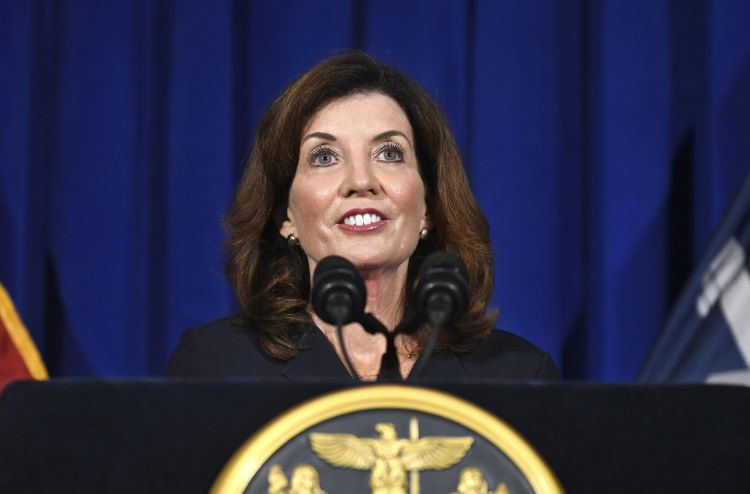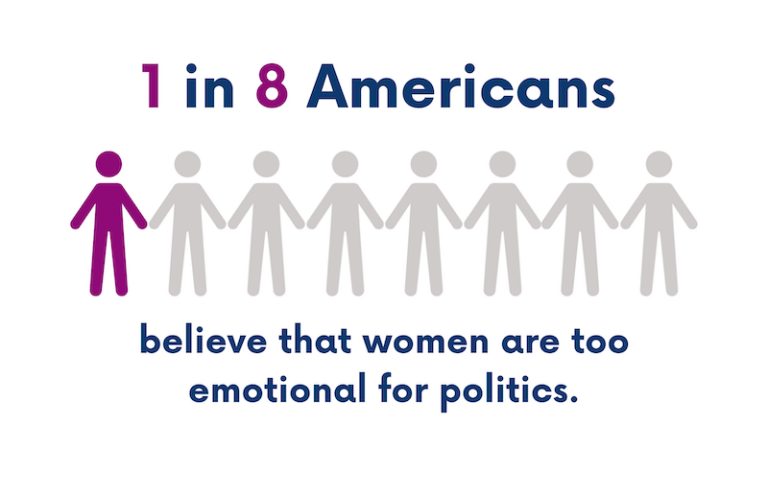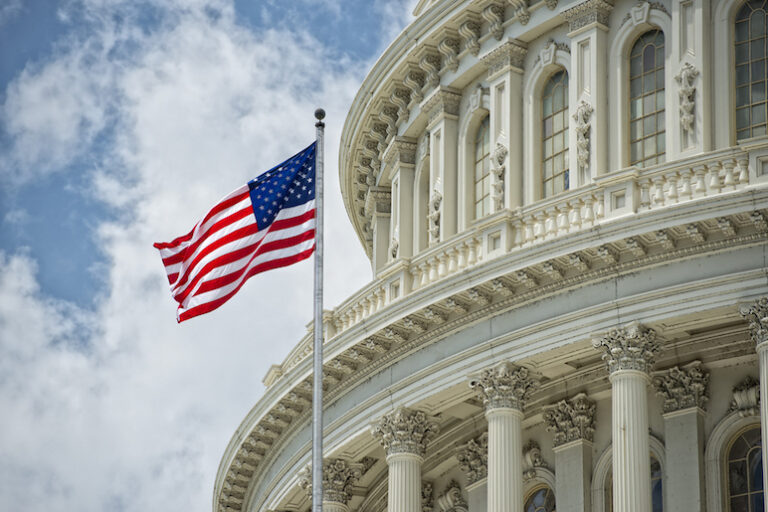Throughout United States history, the role of governor has traditionally been dominated by men. It wasn’t until 1925 that Nellie Tayloe Ross of Wyoming became the first fully elected female governor in the nation. While additional women would slowly join the ranks over the decades, it has only been in more recent years that we’ve seen a surge of women ascending to these powerful executive positions.
So just how many women are currently serving as governors in the United States? As of 2024, there are nine female governors leading states across the country out of the 50 governorships total. This marked a new record high that surpassed the previous record of nine women governors set in 2004 and again in 2007 and 2019.
The nine current female governors are:
- Kay Ivey of Alabama
- Sarah Huckabee Sanders of Arkansas
- Gretchen Whitmer of Michigan
- Michelle Lujan Grisham of New Mexico
- Maura Healey of Massachusetts
- Katie Hobbs of Arizona
- Kathy Hochul of New York
- Kristi Noem of South Dakota
- Kim Reynolds of Iowa
The rise of these women governing from state capitol buildings is an encouraging trend. It reflects the gradual breaking down of long-held gender barriers and increasing recognition of capable female leadership at high levels of government.
The responsibilities taken on by governors are immense. They serve as the chief executive for an entire state, working with state legislatures to pass laws, deliver annual State of the State addresses, approve or veto bills, manage state operations and resources, and often command the state’s military forces. Their decisions impact millions of lives and they act as the public face representing their state.
These nine current female governors illustrate how women from different backgrounds, geographic regions, and even opposing political parties have demonstrated the ability to take on these high-powered roles. Their perspectives and experiences further diversify and enhance America’s leadership.
Some, like Alabama’s Kay Ivey, assumed the governorship after previously serving as the state’s lieutenant governor when the governorship was vacated. Others, like New York’s Kathy Hochul and Michigan’s Gretchen Whitmer, transitioned into the governorship after serving as the state’s lieutenant governors and then being elected in their own right. Newcomers like Arkansas’ Sarah Huckabee Sanders and Massachusetts’ Maura Healey won elections to become first-time governors.
While nine female governors mark a new high point, advocates continue to push for greater representation that better reflects the overall demographics of the United States population. A look at historical trends shows an encouraging trajectory, with the first three female governors taking office before 1930, slowly building to five by the 1990s, six by the early 2000s, and now reaching the current mark of nine women serving simultaneously.
Regardless of political affiliations or backgrounds, the rise of these nine governors demonstrates a powerful paradigm shift. Women are achieving more representation in prestigious leadership roles, bringing new voices and perspectives to governing executive branches across the United States.






